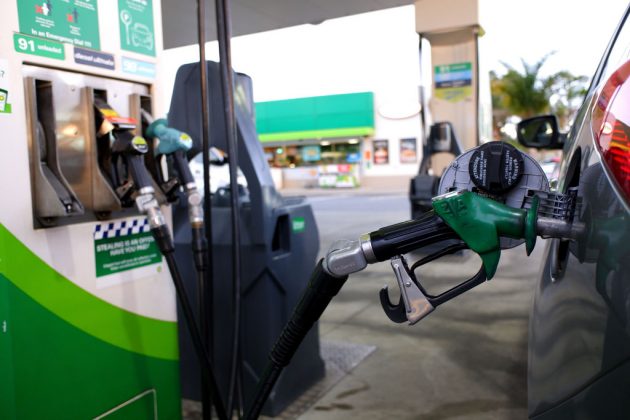UK CPI: Inflation rate surges to 1.5 per cent in April

UK inflation more than doubled to 1.5 per cent in April, up from 0.7 per cent in March, the Office for National Statistics (ONS) said this morning.
Economists had forecast a rise of 1.4 per cent, as a jump in electricity and gas bills pushed inflation higher.
Core inflation, which excludes energy prices and other volatile items, rose by 1.3 per cent in the 12 months to April, the ONS said.
The increase was partially offset by a downward contribution from recreation and culture.
“Inflation is likely to continue rising throughout the year as lockdowns ease, the economy recovers and various commodity shortages feed through to rising prices,” said Jon Hudson, fund manager at Premier Miton.
“The recent strength of Sterling will act as a buffer for inflation as it reduces the cost of imports.”
The rate wasn’t overly surprising to ING developed markets economist James Smith who said:
“Like just about every country, the UK’s inflation rate jumped in April on pandemic-related base effects.
“The increase… is predominantly because we’re now comparing prices to the depth of the Covid-19 crisis last year, while energy prices also received a lift last month when the regulator lifted the household electricity/gas cap by nine per cent.,” Smith said.
Inflation soars globally
Inflation is surging in western economies following more than a year of coronavirus disruption.
It is expected to accelerate in the coming months, mirroring progress in the US as the global economy pick itself up from the pandemic.
The Bank of England says inflation is heading above its two per cent target in the UK and will hit 2.5 per cent at the end of 2021.
The BoE thinks inflation will then slip back to two per cent in 2022 and 2023.

Ed Monk, associate director at Fidelity International, believes inflation will “blow past” the two per cent target if the economy continues to rebuild in the coming months.
“The rise confirmed today appears to be driven by both pent-up consumer spending after more than a year of lockdown and the return of more normal pricing for fuels and other household utility costs that were disrupted last year.
“It supports the case that the savings many households have been able to make over the past year will be spent, helping a rapid recovery in overall growth.”
Pricing pressure
This morning’s data showed prices charged my manufacturers shot up by 3.9 per cent in the last year, the biggest increase in two-and-a-half years.
The prices they paid for their inputs rose by 9.9 per cent, the most since February 2017.
BoE Governor Andrew Bailey yesterday said there had been little sign that these producer cost pressures had fed into consumer prices in Britain.
“Most sectors are experiencing some degree of pricing pressure from rising material costs – stimulated in large part by the ongoing impact of Covid restrictions as well as Brexit-related import challenges at a time when consumer demand is surging,” said Ano Kuhanathan, sector advisor at Euler Hermes.
Yael Selfin, chief economist at KPMG, expects inflation to average at 1.7 per cent during 2021.
“We expect inflation to remain at higher levels, with the reversal of the VAT rate for hospitality and tourism pushing inflation above the two per cent target later this year, exceeding the Bank of England’s target.”